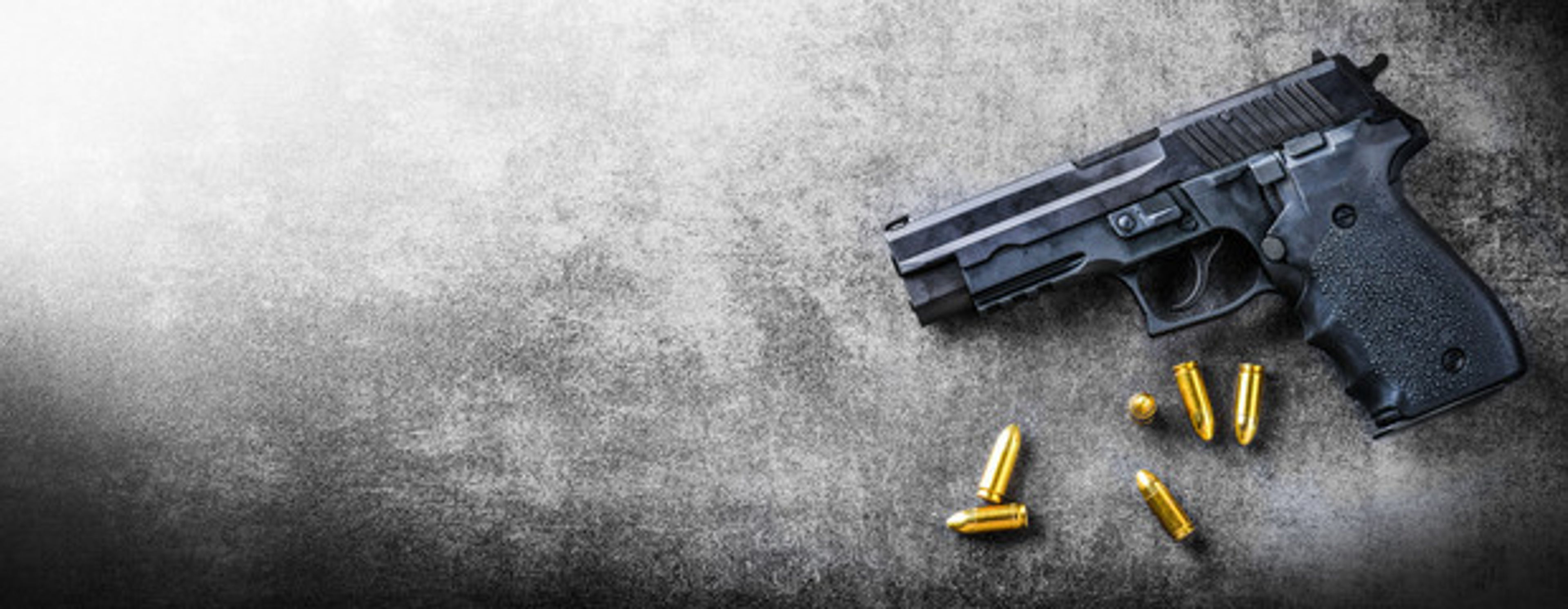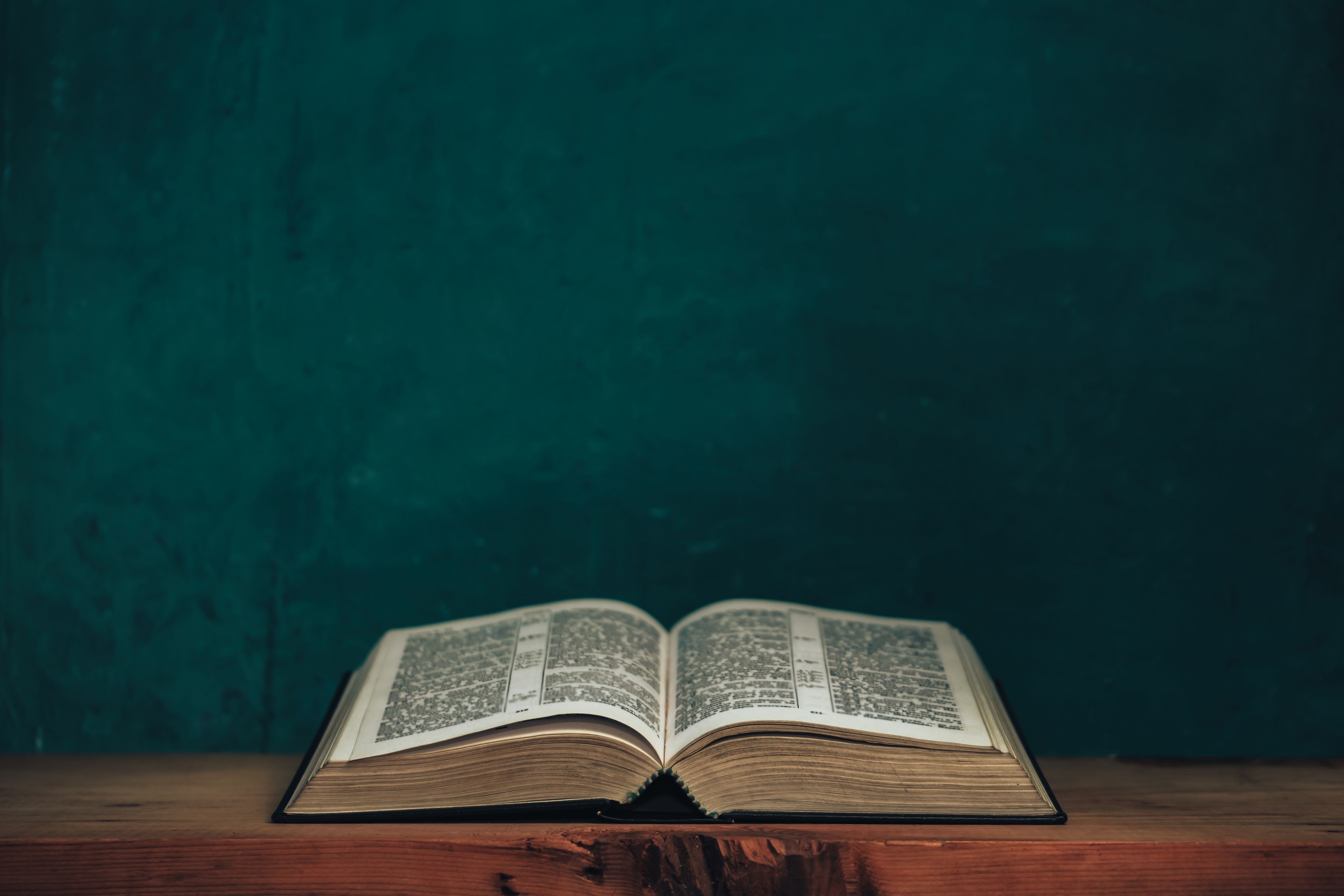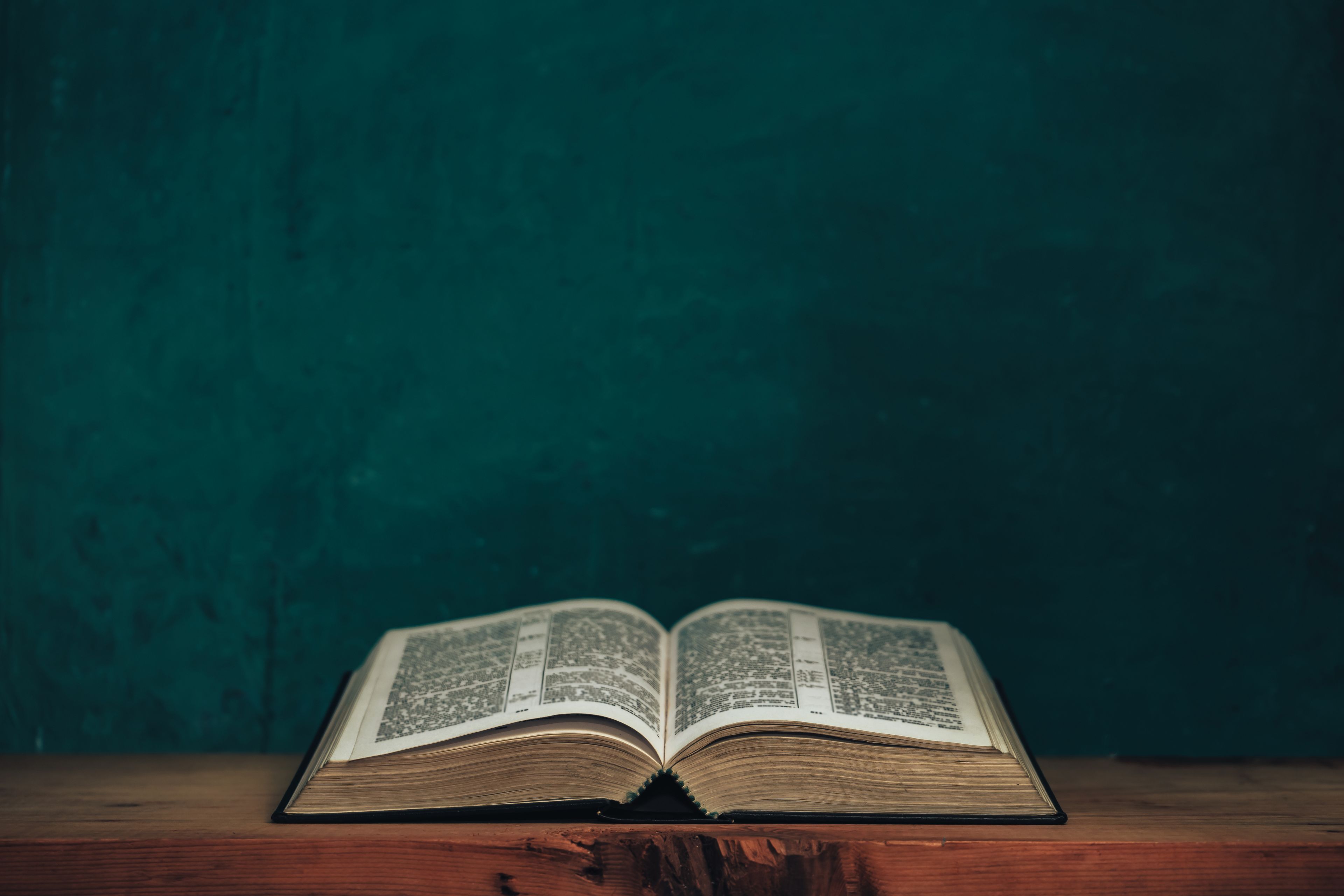Our Opinion: We must do more to make schools safer
Schools face rising threats of violence, disrupting education and straining resources. We must act now with smarter safety measures, community vigilance, and stricter accountability to protect students.
We — along with school officials and first responders — have felt a bit of kinship with Aesop’s villagers lately. Instead of a wolf prowling around a flock of sheep, the predator that concerns us is someone armed with readily available weaponry and a grudge.
We’re pretty sure most of increasingly recurring threats of violence aimed at our schools aren’t credible, but we have to be sure. We have to check them out.
Just. In. Case.
In the past couple weeks, public schools in Cape Girardeau, Jackson, Perryville and Scott City, among others, have been the targets of social media-carried threats of violence. This sort of thing is not only a local phenomenon. It’s happening all across our country.
Many of these threats come from juveniles who have no intention of causing harm. But the results are not innocuous. The threats disrupt classes. They soak up first responder resources. They worry parents no end. They cause distress to students.
Of course, it’s the other type of threat — the real threat — that prompts the massive responses. In these United States, not many days pass between actual on-campus shootings. There have been more than 40 school schootings across the country this year. They happen often enough that we can’t simply note “that school shooting”. We differentiate them by their location. Parkland, Florida. Newtown, Connecticut. Uvalde, Texas. Nashville, Tennessee. Winder, Georgia.
Cape Girardeau, Missouri.
The shooting at this year’s Central High School graduation ceremony — where a long-running feud between individuals led to one being shot — continues to reverberate through the community.
So, what to do?
Officials discuss a few familiar options — metal detectors, more police in schools, red flag laws to identify who may do violence and keep them away from firearms — but after a few days, the pressure fades, and a sense of normalcy returns.
Until the next incident.
With these threats coming more and more often, it doesn’t feel sustainable to shamble down our current path.
We must do … something, that is effective and smart.
The answer, we believe, has several components.
Students themselves are more in tune than anyone else with what’s going on with their peers. We need them to speak up when a fellow student indicates or seems capable of harming himself or others. Of course, then officials must take that information and act on it.
Parents and guardians must be accountable. If they fail to secure or, worse, provide weapons that juveniles in their care use to harm others, they should face sanctions. We’ve begun to see such prosecutions. We support more.
Any family with children and guns in the house should be sure to keep weapons locked up and ammunition stored separately.
Law enforcement officials already aggressively prosecute not only those who commit violence, but they should also zealously target those who threaten violence to ensure harsh penalties deter such acts going forward.
The rest of us can do our part, too. We can stop feeding into the attention frenzy by not blasting out any social media nugget we come across. If we become aware of a potential threat, we can and should alert authorities.
We harbor no illusion that we can stop all acts of violence in our schools — or our streets, our workplaces, etc. — but we can do more to make our schools safer.
We must do more.
Connect with the Southeast Missourian Newsroom:
For corrections to this story or other insights for the editor, click here. To submit a letter to the editor, click here. To learn about the Southeast Missourian’s AI Policy, click here.









